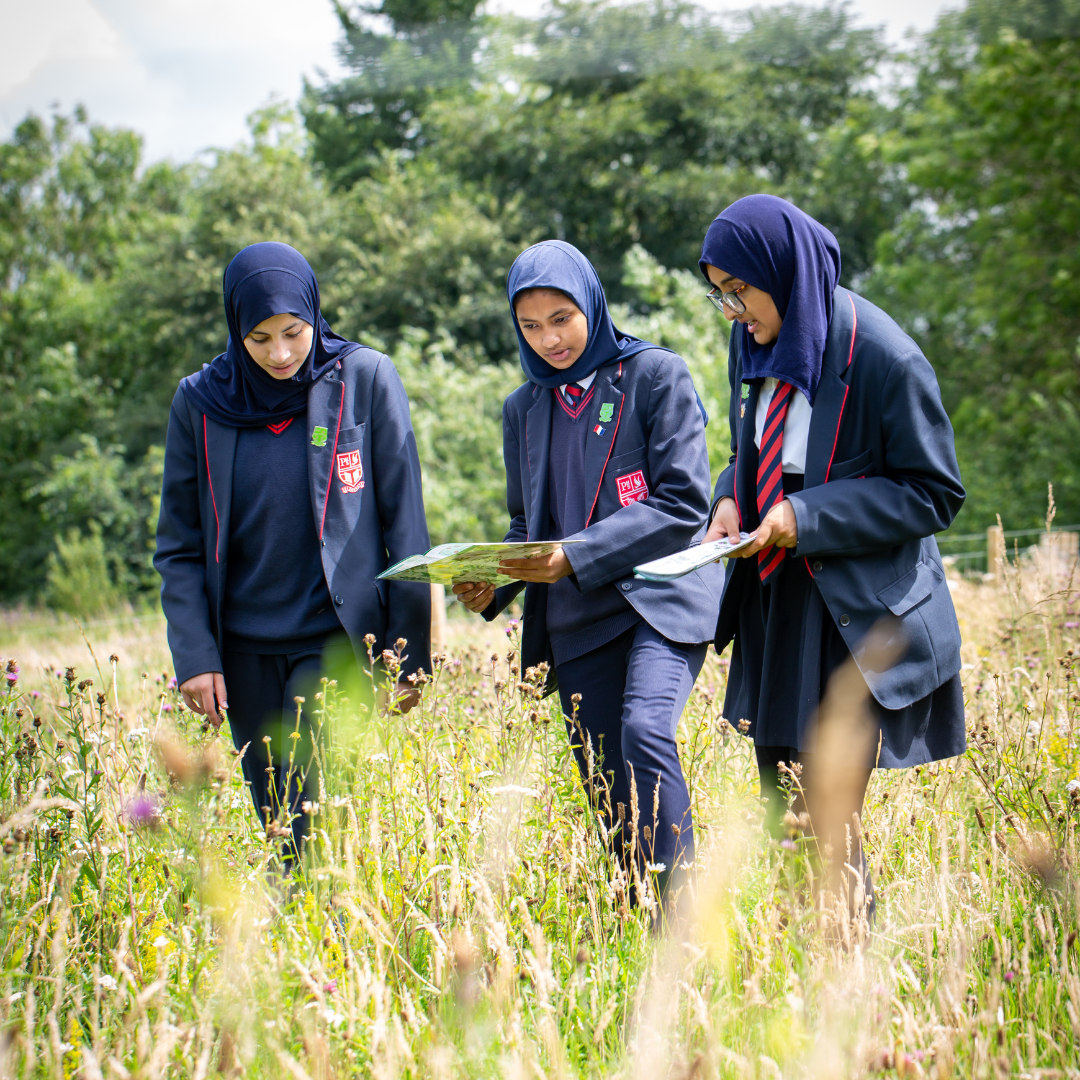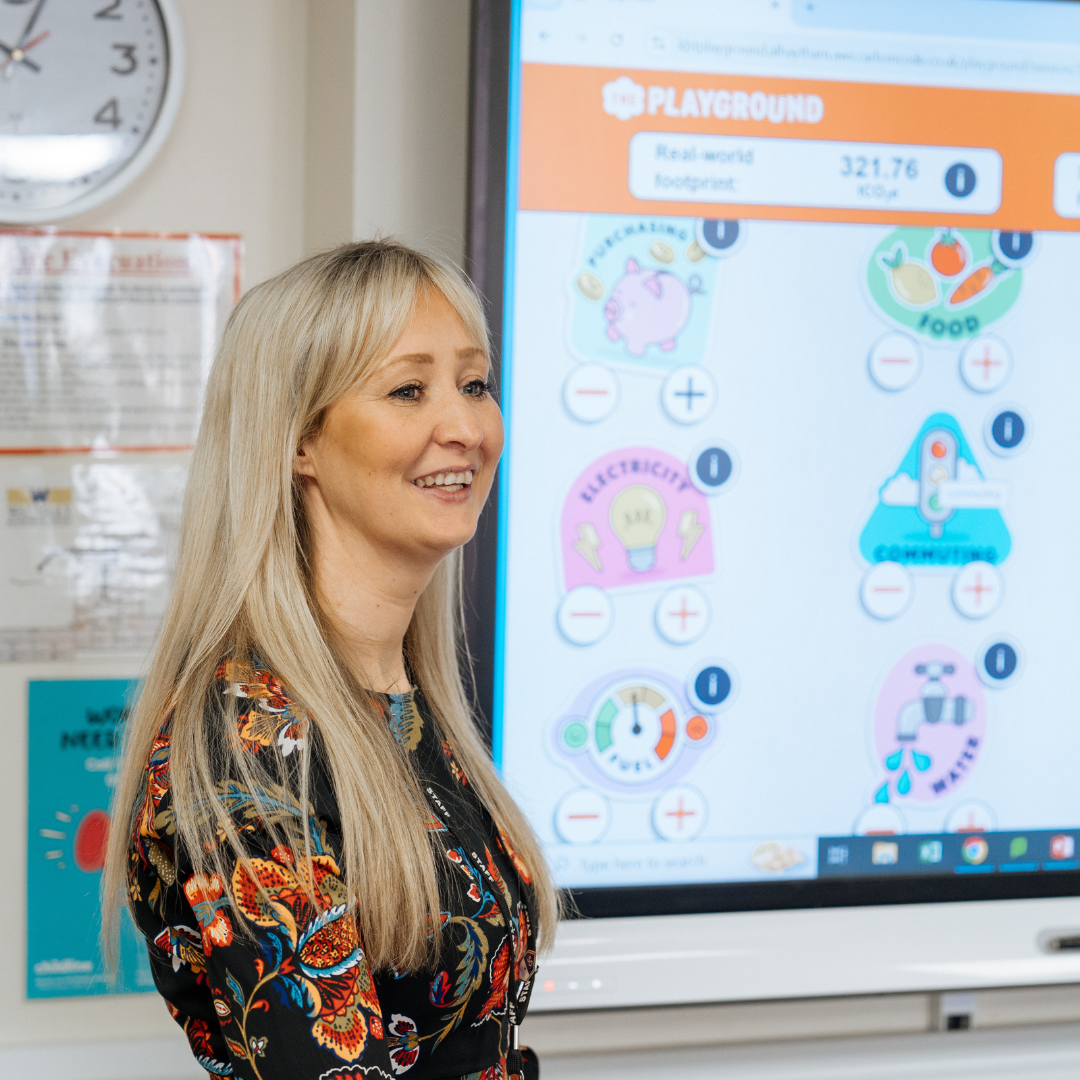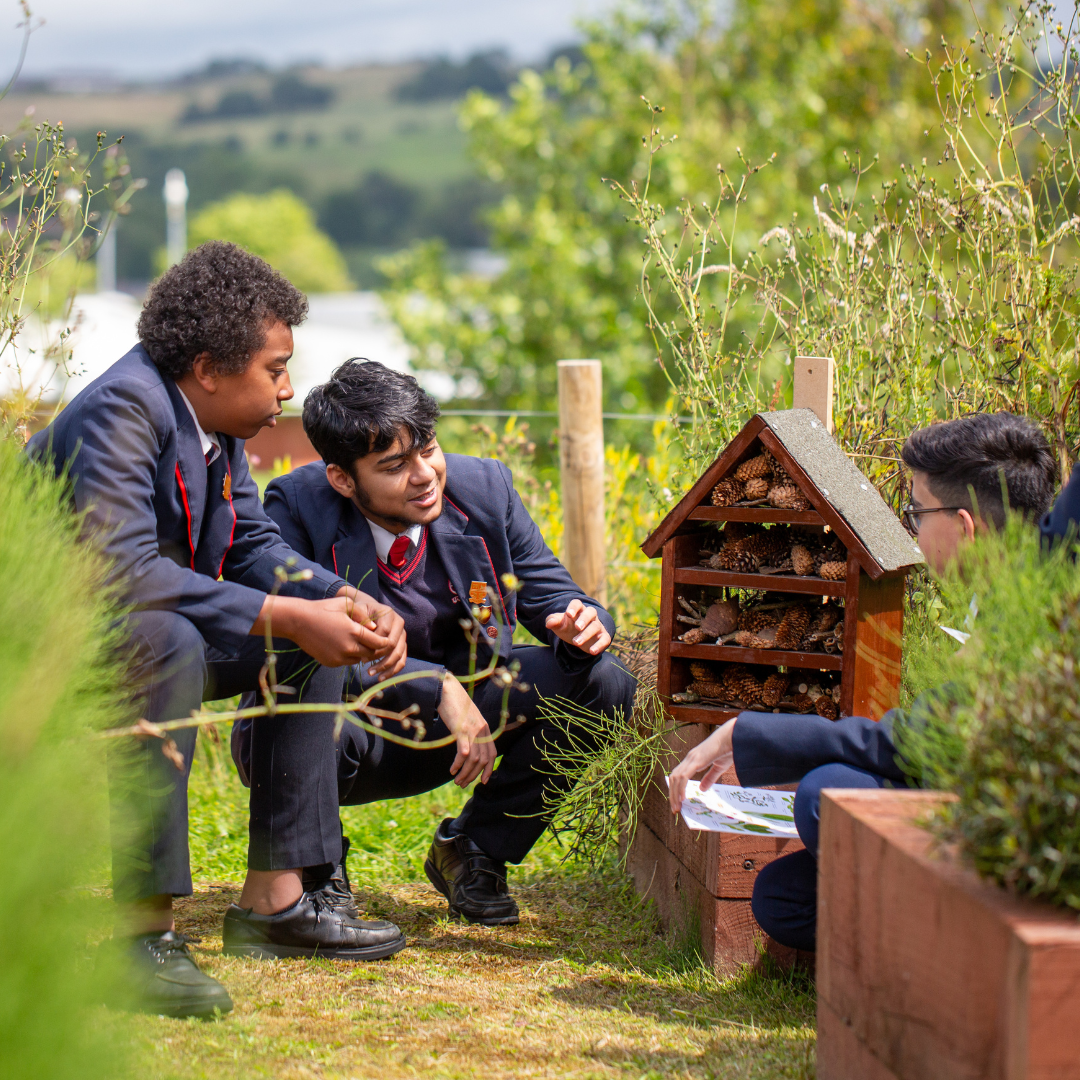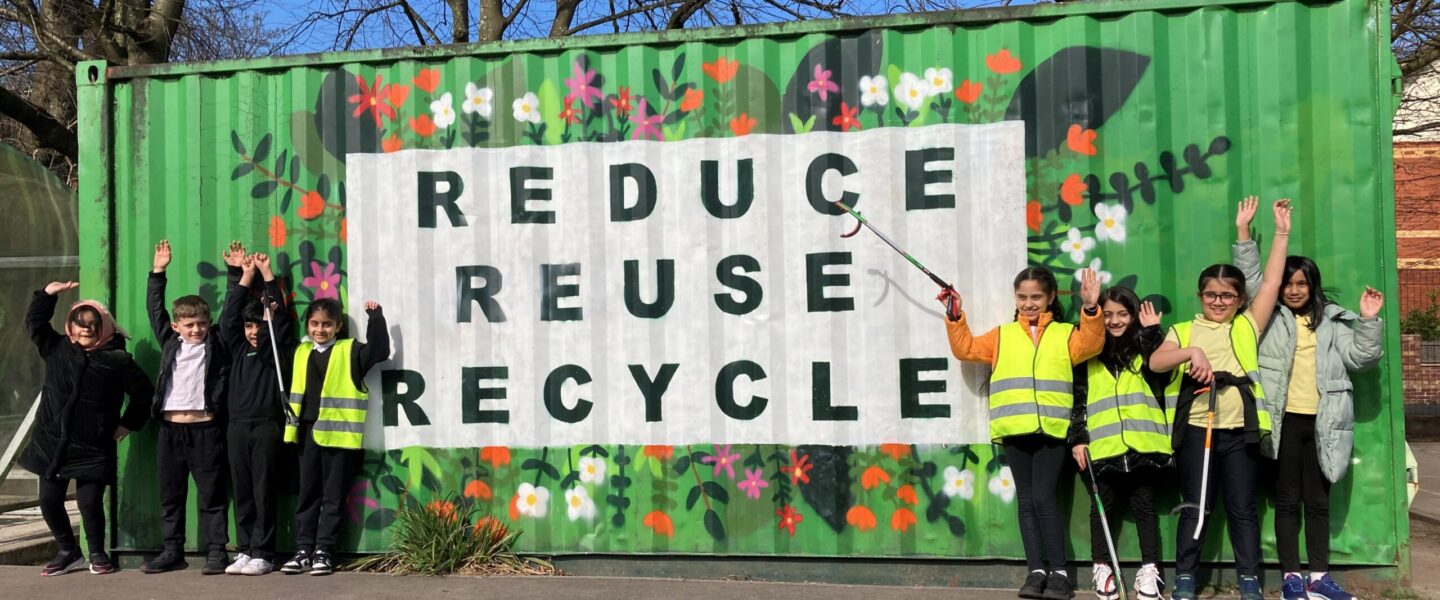This website uses cookies so that we can provide you with the best user experience possible. Cookie information is stored in your browser and performs functions such as recognising you when you return to our website and helping our team to understand which sections of the website you find most interesting and useful.
Celebrating it’s 30th anniversary, Eco-Schools is the nation’s largest environmental programme for schools and nurseries. Recommended by the Department for Education, it provides great content for your Climate Action Plan.
Eco-Schools is a seven-step, pupil-led programme, designed for schools to follow across one academic year. Our framework enables schools to increase environmental education and deliver projects that increase sustainability, develop ‘green skills’, and model ‘green careers’.
Find out more about the seven steps in the slider below, or watch this short video. Alternatively, get started immediately – click the button below to register.
Step 1: Form Your Eco-Committee
- With the support of staff, this group of passionate young people lead the programme in your school.
- They deliver ’Eco-Projects’, involve their peers and celebrate the benefits and impacts of sustainable action.
- Eco-Committees might volunteer, be chosen by you or be the existing pupil council.

Step 2: Complete an Environmental Review
- In step 2, the Eco-Committee completes an ‘Environmental Review’.
- Completing this checklist helps you to understand your school’s approach to environmental learning, how eco-friendly you are, where to improve, and great opportunities for quick wins.
- It also inspires choices in Step 3…

Step 3: Create and deliver an Action Plan
- Inspired by your findings, it’s time to design and deliver an ‘Action Plan’ of ‘Eco-Projects’.
- We suggest 3 projects per year, perhaps one per term. These can be done across the school year, reducing your carbon footprint and making your school a greener, cleaner place for everyone.
- You can create your own eco-projects, deliver those we’ve designed, or even use those from other environmental organisations.

Step 4: Embed Environmental Curriculum Links
- Step 4 challenges Eco-Coordinators – that’s the adult Eco-Schools lead in your school – to include at least three environmental ‘Curriculum Links’ in school lessons across the year.
- This is a good opportunity to creatively layer sustainability and environmentalism into your existing curriculum or highlight and celebrate where it’s already happening.

Step 5: Keep Your Community Informed and Involved
- Protecting our planet takes collaboration. Step 5 challenges the Eco-Committee to raise awareness and include as many people as possible in their eco-activities.
- The Eco-Committee actively promotes and celebrates its initiatives through various school communication channels, including social media, assemblies, and newsletters.

Step 6: Monitor and Evaluate Your Activities
- For step 6, the Eco-Committee ‘Monitor and Evaluate’ their actions. This helps you to understand and show off the difference that you’re making.
- This could be before and after pictures, graphs and charts, or even diary entries, plotting your progress.
- It can be basic or complex, tailored to the level of your pupils. We want them to know they’re making a difference!

Step 7: Design an Eco-Code
- Finally, the Eco-Committee creates an ‘Eco-Code’.
- This takes all your learning and inspiration and channels it into a mission statement, letting the world know about your commitment to protecting our planet.
- It might be as simple as a poster, featuring bullet points that state your ‘eco-ethos’.
As your Eco-Schools work progresses, you can upload evidence to our application portal.
Between May 1st and July 31st, you can submit an application for our international award – the Eco-Schools Green Flag.
Flying your flag lets the world know that your school is empowering young people to take action to improve the environment for their future.

